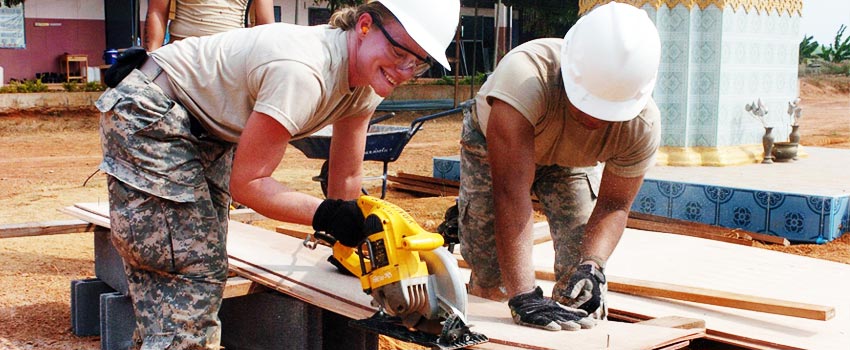Construction firms that regularly skirt labor law to gain unfair competitive advantages by misclassifying workers and hiring people who aren’t legally allowed to work in the U.S., are going to face closer scrutiny this year, according to a report published in the National Law Review. Southwest Under Labor Law Scrutiny The NLR reported “that some of the nation’s biggest industries will be subjected to additional labor law oversight in 2015, including the oil and gas services industry, the construction industry and the hospitality sector.” Besides focusing on investigations of payroll and time records, I-9s, and affirmative action plan reports, the Department of Labor will pay special attention to Texas and the southwest region where there was a 571{5f18d53bf3d3a834b1284a28fbb57648ee6ed20832eaf3ac8e6df416bd8ce112} increase in retaliation investigations between 2012 and 2013. The Exempt Employee Dodge Retaliation happens when an employer takes adverse actions against an employee who exercises their rights under the Fair Labor Standards Act. Wage and hour complaints skyrocketed in the Southwest along with retaliation incidences. The most common complaints arise when workers aren’t paid the overtime owing to them, or they aren’t paid the minimum wage. Employers sometimes get out of paying overtime by classifying workers as exempt. Employers get into trouble when they classify people according to their job titles rather than according to their duties. Surprisingly, withholding wages is another area that generates many complaints under the FLSA. This whole area of labor law gets more complex because many states have their own of labor laws that are more stringent than federal regulations. Unfair Advantages Construction has a checkered past when it comes to misclassifying workers. One very common tactic is to classify workers as independent contractors to avoid withholding and payroll expenses like workman compensation and unemployment.
-
Labor Law Clamp Down Coming for Construction

-
Important Tips for Site Selection and Preconstruction Preparation

Location is your most important consideration. Manufacturing facilities should be within close proximity to shipping routes, be them interstates, rail or waterways. Retail stores, on the other hand, are best placed along busy commuter roads near residential zones. Consider who and what are coming and going from your building when selecting your final location. Once you’ve determined a general location, choosing a specific site is next. It must be accessible and have enough room for your building, parking area, loading or shipping bay and any other required space. Although modular construction require comparatively less site disruption as other building projects, it’s still important for there to be enough space to bring in all elements of the building. Preconstruction Preparation Most traditional and modular construction projects follow a similar path once the site is selected. Here’s what you can expect: Needs Assessment: This outlines all the objectives of a particular project, including the type of building, needed space, utilities, etc. Site Survey: The survey ensures the selected site is appropriate for the project, and makes sure the building can be constructed according to all local codes and ordinances. Building Design: Rough elevations, the needs assessment and the site survey are incorporated into the final building design. Once all plans are approved and permits are in hand, you’re ready to ready to begin construction.


